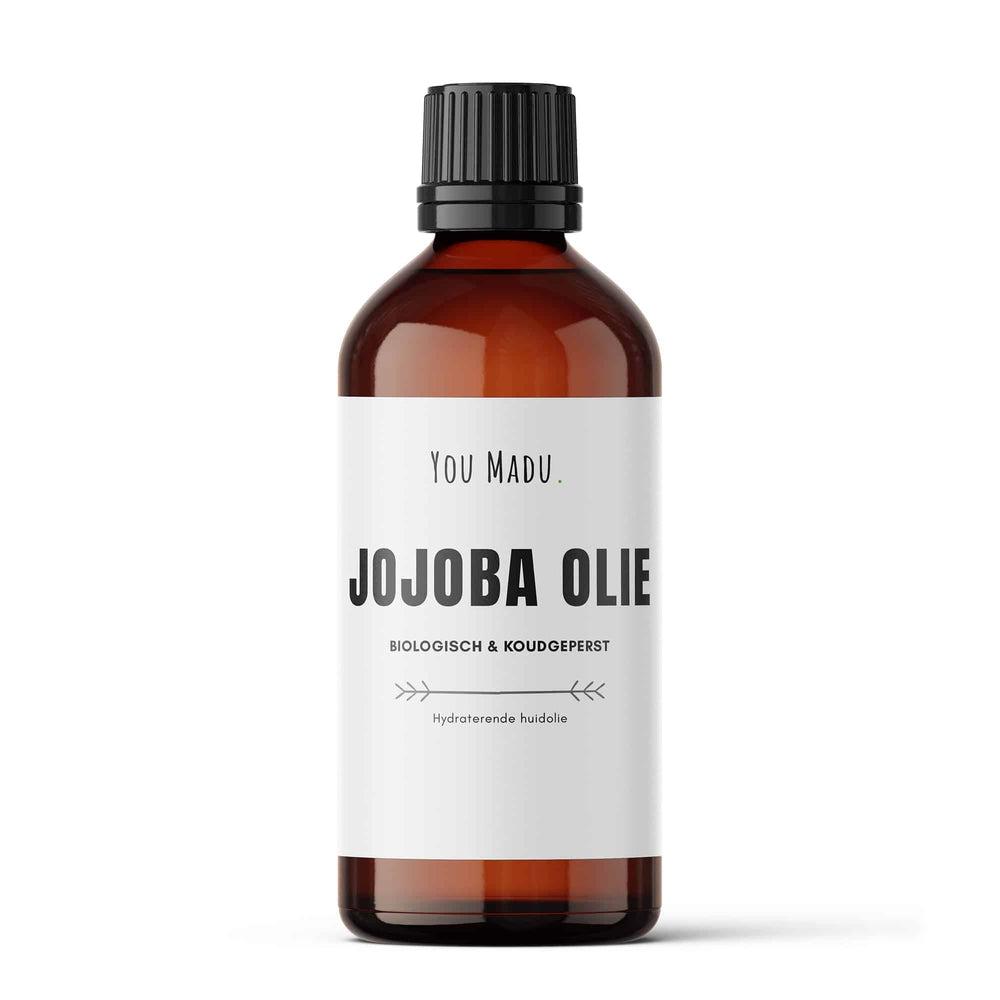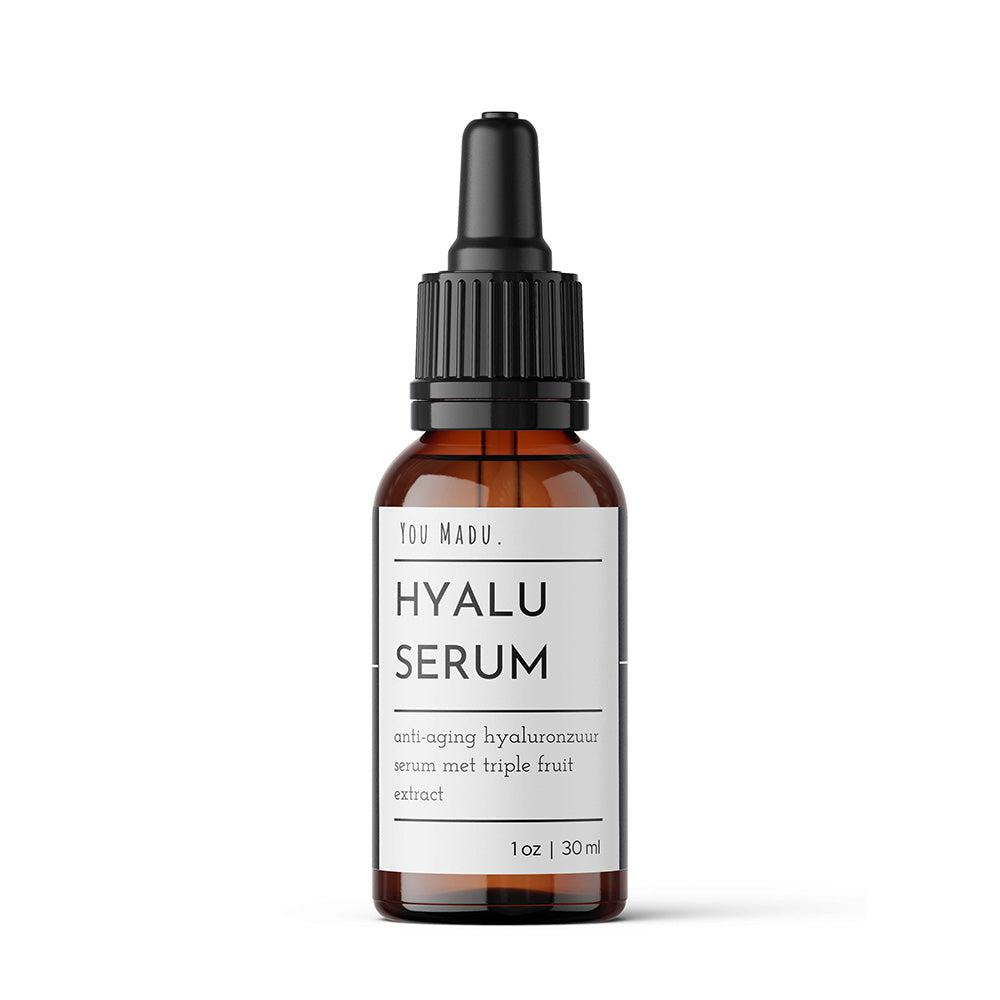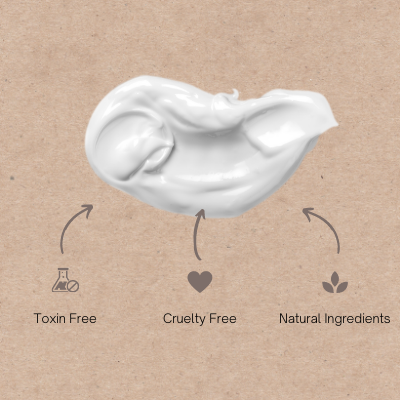Patch Testing Guide
How to Test Your New Skin Care Products
If you're using a new oil, butter or skincare product, it's always a good idea to patch test it to make sure that the product is suitable for your skin.
No one wants to experience an allergic reaction or a breakout. So before you apply the product to your face or body, it's a good idea to patch test it first.
What exactly does that mean? With patch testing, we mean applying a small amount of the product to a small piece of your skin.
This is especially recommended if you have sensitive skin. But even non-sensitive skin can react to certain products/ingredients.
What is patch testing?
The concept of patch testing involves testing a new skincare product on your skin to see how your skin reacts to the product. Certain compositions and ingredients can irritate your skin, resulting in dry, itchy or red skin.
The concept of patch testing involves trying a new skincare product on your skin to see how it reacts.
Step-by-Step Patch Testing
Here's how to patch test a new skincare product:
- Step 1: Test a small amount of the product on a less visible part of your leg or arm, such as the underside of your wrist, elbow, or knee pit. The skin there is quite thin and fragile, which is most similar to your facial skin. If your skin doesn't react well here, it's likely not suitable for your face either. If you don't have a reaction on your skin within 24 hours? Proceed to step 2.
- Step 2: After 24 hours with no reaction on your skin? Then you can test the product on your facial skin! Start with a small part of your face; we recommend a piece of skin that is not very visible, such as the skin behind your ear, a corner of your forehead where your hair falls over, or the underside of your jaw. No reaction here after 24 hours? Then the product is likely safe for use on your skin!















